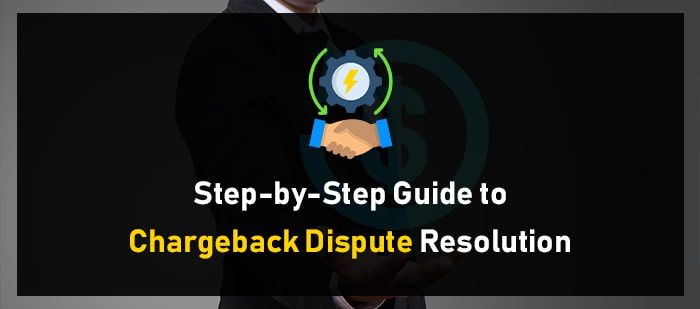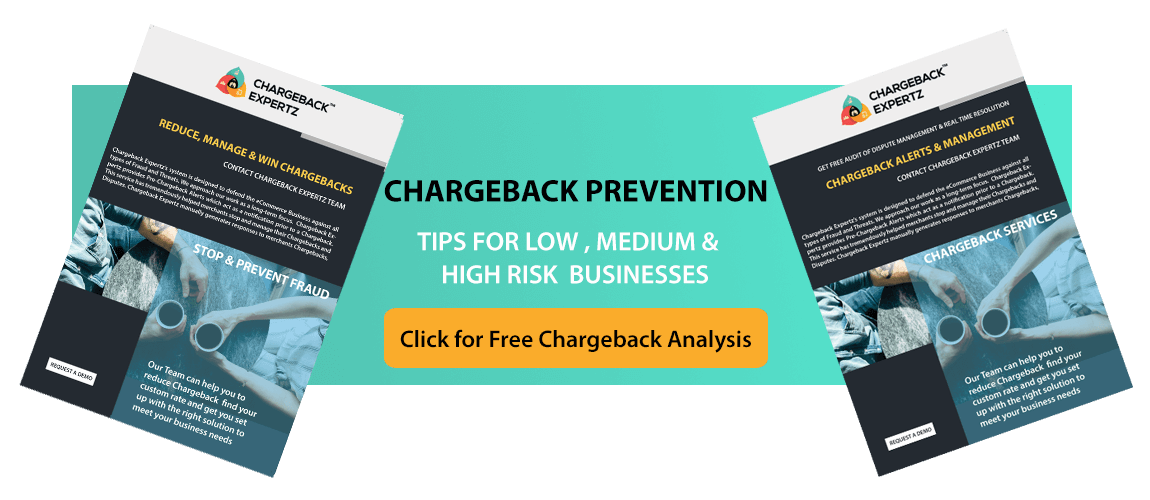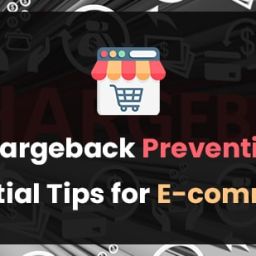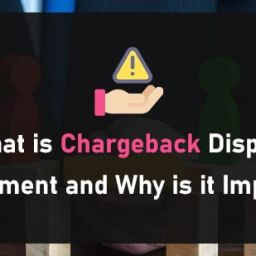
Understanding Chargebacks
Chargebacks are a significant part of the financial landscape, particularly for merchants and e-commerce businesses. When a customer disputes a transaction on their credit card statement, it triggers a chargeback, leading the bank to reverse the payment. This mechanism is primarily designed to protect consumers from unauthorized or fraudulent charges. However, chargebacks can also arise from misunderstandings, dissatisfaction with a product or service, or errors during the payment process.
A crucial aspect of managing chargebacks is recognizing their common causes. Unauthorized transactions often top the list, where the cardholder did not approve the purchase. Other frequent reasons include non-receipt of goods or services, faulty or damaged products, and technical issues during payment processing. In some cases, customers may simply be unfamiliar with a charge on their statement, leading them to initiate a dispute.
To effectively navigate chargebacks, it’s important to be familiar with the various stages of the process. Understanding the different chargeback reason codes can provide insight into the customer’s complaint and help tailor your response accordingly. Additionally, being aware of the timelines for disputing chargebacks is vital, as missing deadlines can result in automatic loss of the dispute.
Merchants must also focus on preventive measures to reduce the likelihood of chargebacks. Clear communication with customers, transparent transaction records, and robust security measures can help mitigate risks. Ensuring that your products and services meet customer expectations and providing excellent customer service can also play a significant role in preventing disputes.
By comprehending the fundamental aspects of chargebacks, merchants can better prepare for potential disputes, effectively address issues when they arise, and implement strategies to minimize the occurrence of chargebacks in the future.
Some Related Blogs
- Top Fraud Prevention Solutions for High-Risk Merchants
- How to Implement a Robust Fraud Prevention System
- Impact of AI in Fraud Prevention for Online Retailers
- Fraud Prevention Best Practices Every Merchant Should Know
Beginning the Dispute Resolution Process
To start the chargeback dispute resolution process, begin by collecting all pertinent documentation related to the disputed transaction. This includes receipts, invoices, communication logs with the customer, shipping confirmations, and any other supporting records. Keeping these documents well-organized is essential for streamlining the process.
Next, scrutinize the transaction details to pinpoint any discrepancies or errors that might have led to the chargeback. It’s crucial to view the situation from the customer’s perspective to identify if there was any mistake on your end. This thorough review lays a strong groundwork for constructing your case.
Examine all evidence carefully, focusing on aspects that directly address the customer’s complaint. Identify gaps or weaknesses in your documentation that need fortifying. Cross-check the gathered information to ensure consistency and accuracy, which can significantly strengthen your argument.
Additionally, understand the specific chargeback reason code associated with the dispute. Each code provides insight into the customer’s claim and will guide you in gathering the most relevant evidence. Tailoring your response to address the precise reason for the chargeback increases your chances of success.
During this initial phase, it’s also wise to review any internal policies or procedures that might have contributed to the chargeback. Identifying these internal issues can help you rectify them, reducing the risk of future disputes. If the problem stems from a misunderstanding or miscommunication, consider how your customer service team can improve their interactions to prevent similar issues from arising.
By methodically preparing your documentation and understanding the nuances of the dispute, you’ll be well-positioned to proceed with the chargeback resolution process efficiently.
Filing a Dispute
To proceed with filing a dispute, start by contacting the bank or payment processor managing the chargeback. Each institution has its own procedures and timelines, so make sure to understand their specific requirements.
When preparing your dispute, present compelling evidence to support your case. This might include proof of delivery, detailed records of customer communications, or evidence that the customer acknowledged the purchase. Organize your documentation clearly and logically to make a convincing argument that justifies reversing the chargeback.
![]()
Email us anytime!
Email customer service 24/7
![]()
Call us anytime!
Reach customer care 24/7 at +1 (888) 901-8653
Submit your evidence within the required timeframe to avoid automatic denial. Missing deadlines can significantly weaken your case and lead to an automatic loss. It’s also beneficial to use a structured approach when presenting your evidence. Start with a summary of the situation, followed by a detailed explanation of the transaction, and conclude with the supporting documentation.
If possible, use screenshots, email chains, or transaction logs to reinforce your argument. The more thorough and organized your submission, the better your chances of a favorable outcome.
Additionally, consider involving your legal or compliance team to ensure that your response adheres to all relevant regulations and standards. Their expertise can provide an extra layer of assurance that your case is as strong as possible.
Lastly, maintain a professional and respectful tone throughout your communication with the bank or payment processor. A cooperative and clear approach can facilitate a smoother resolution process.
Handling Chargeback Alerts
Chargeback alerts notify you of an initiated dispute, providing a chance to address it before it escalates. The first step is to review the chargeback reason code to understand the basis of the dispute. This code will help you determine the most effective approach for your response.
Craft a response that directly addresses the reason for the chargeback, using clear and concise language. Assemble evidence such as proof of delivery, transaction logs, or communication records with the customer to substantiate your claim. Present this evidence in an organized manner, making it easy for the bank or payment processor to follow and understand.
It’s important to act swiftly upon receiving a chargeback alert. Delays in responding can weaken your position and may result in an automatic loss of the dispute. Ensure all relevant documentation is submitted within the required timeframe to bolster your case.
Maintaining open lines of communication with your bank or payment processor throughout this process is crucial. They can provide valuable insights and guidance on how to strengthen your response and navigate the dispute resolution process effectively.
By taking a proactive approach to chargeback alerts, you not only increase your chances of a favorable resolution but also demonstrate your commitment to resolving issues fairly and professionally. This can help improve your relationship with both your financial institution and your customers, fostering trust and credibility for your business.





